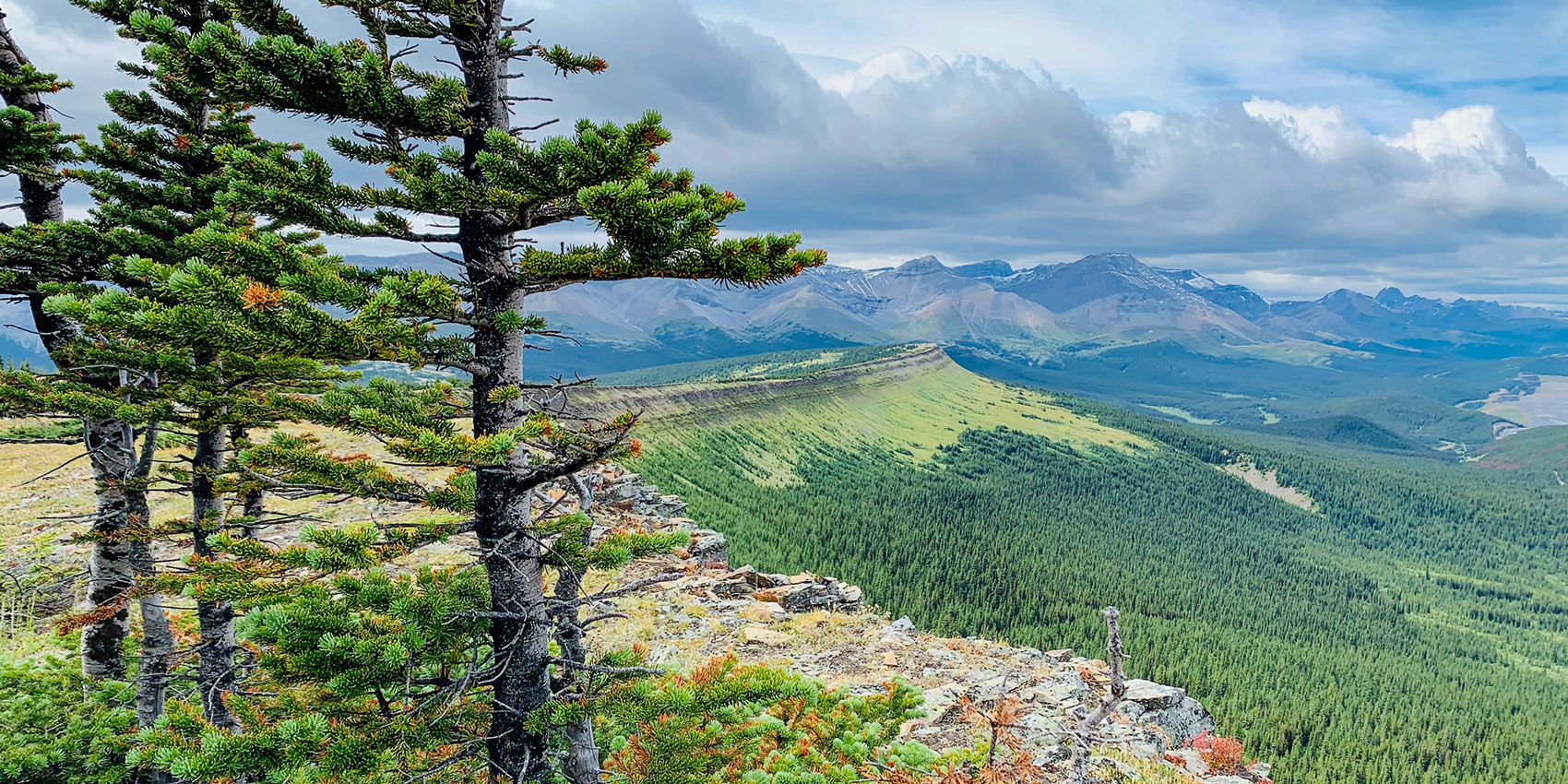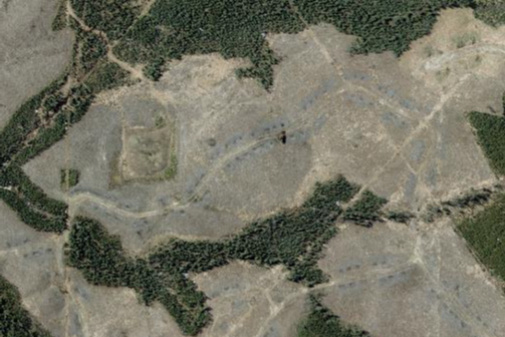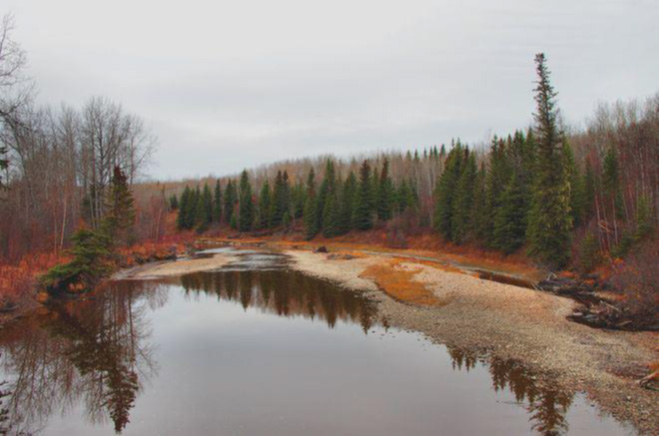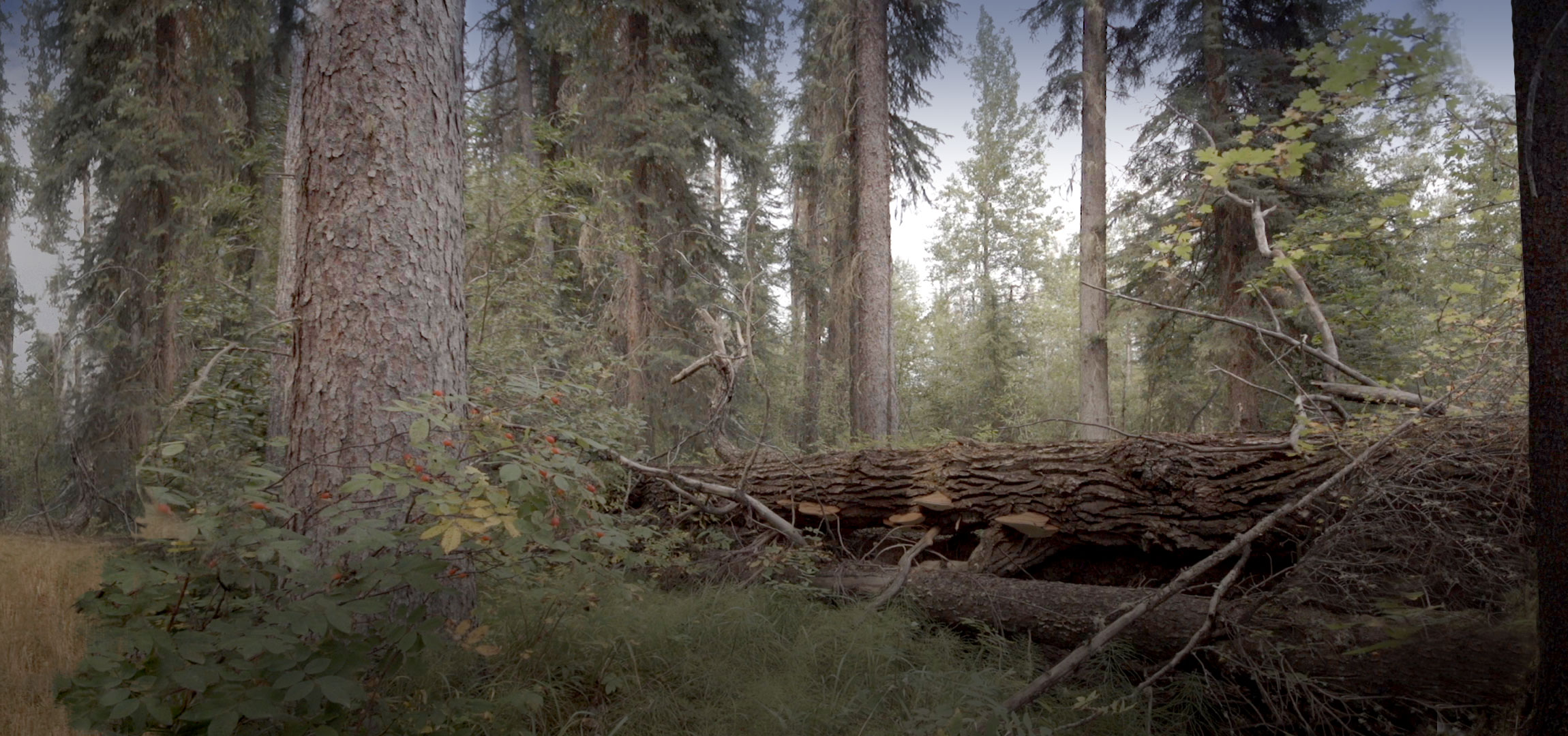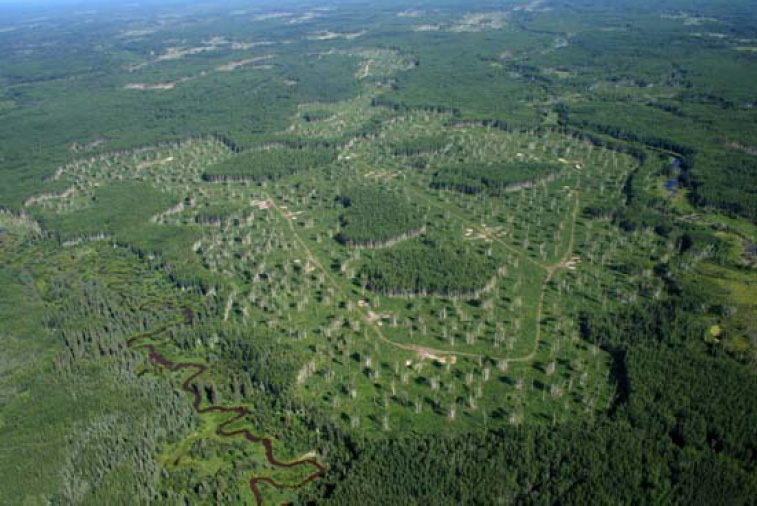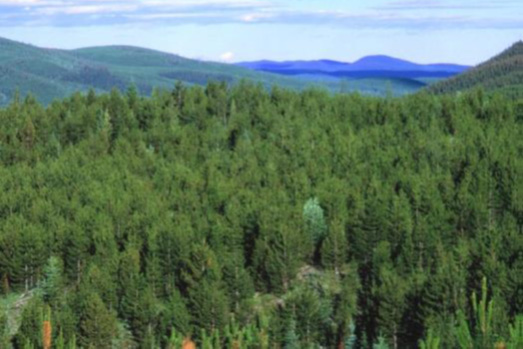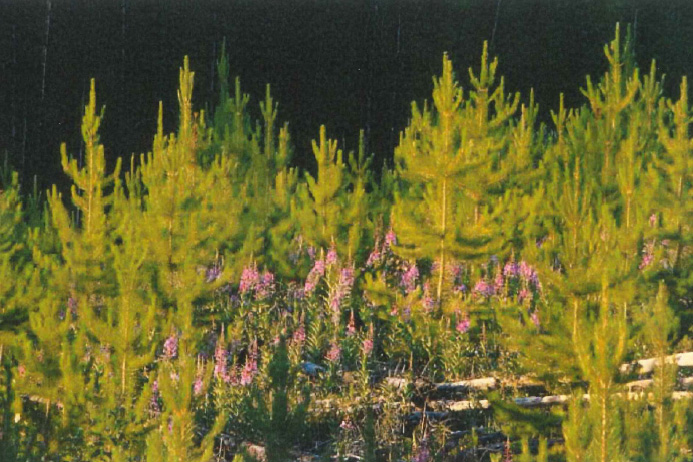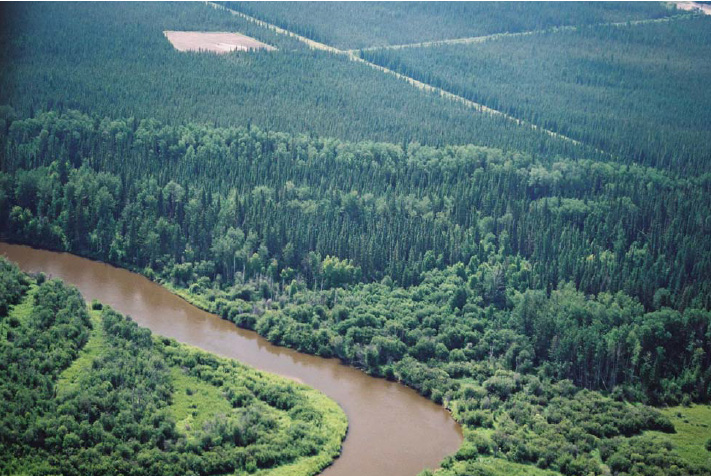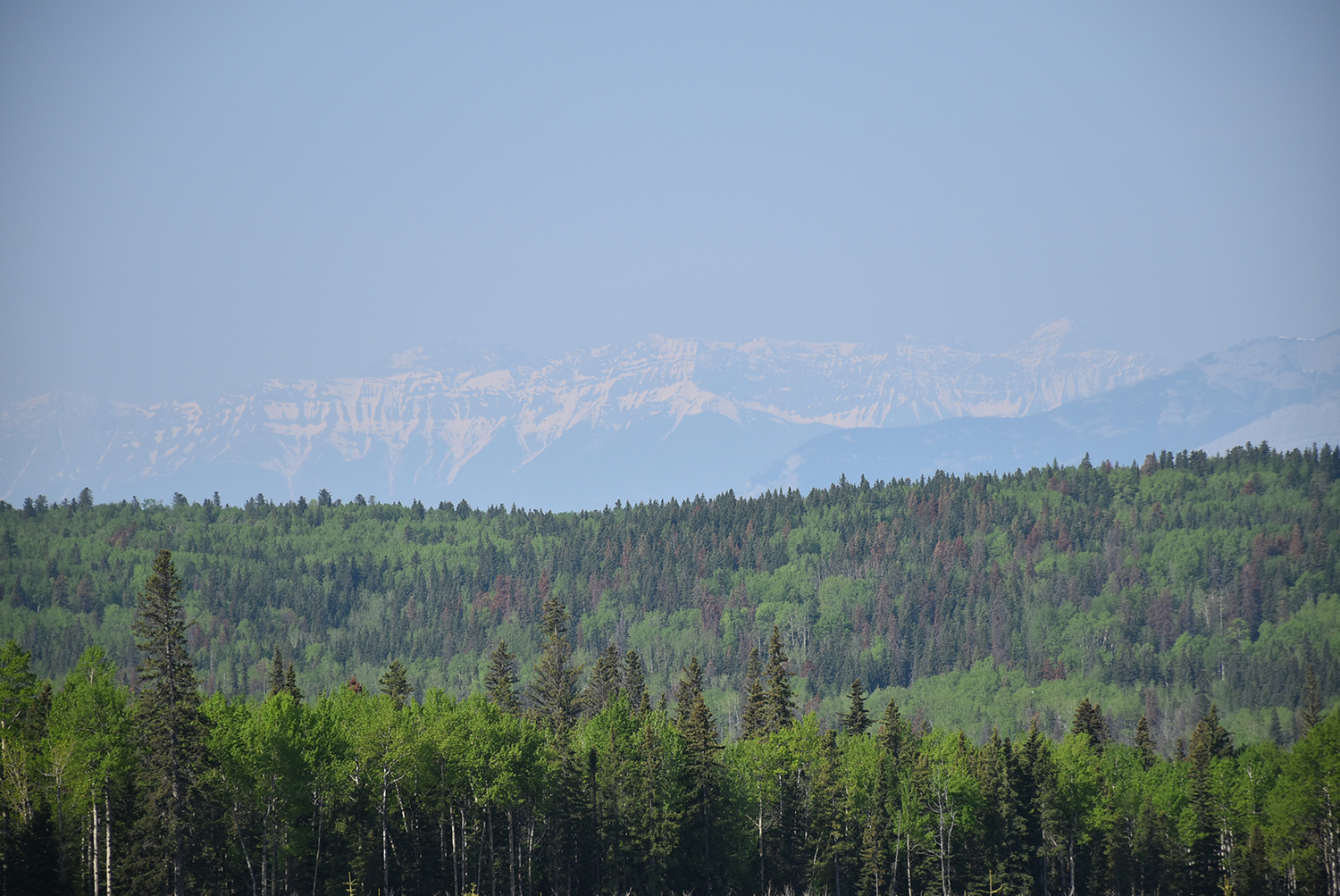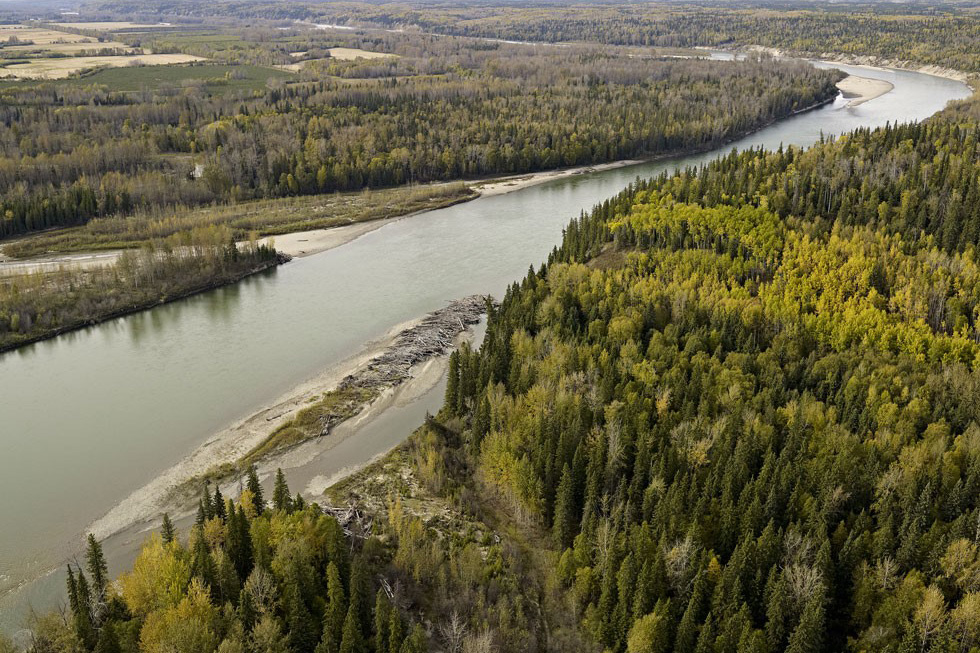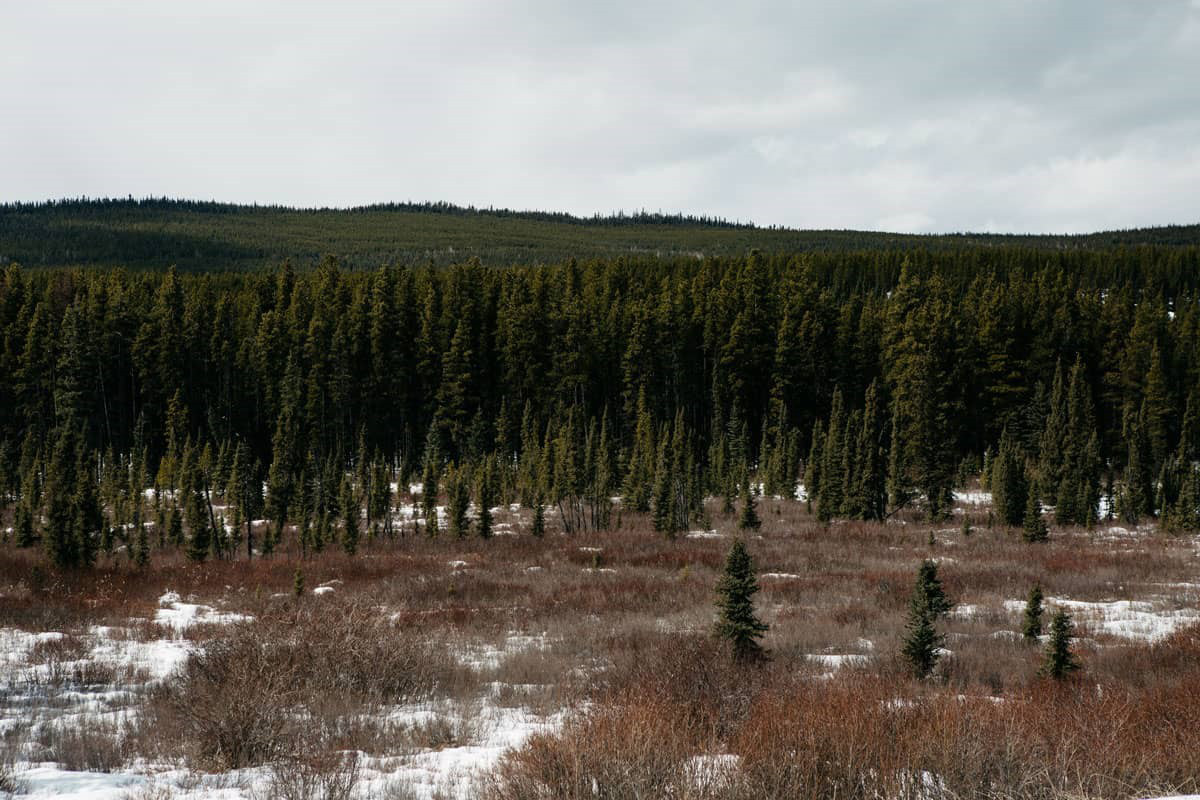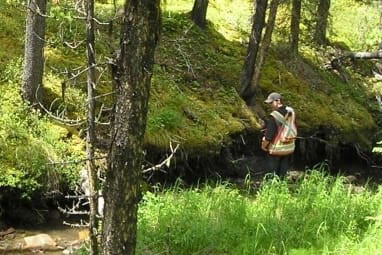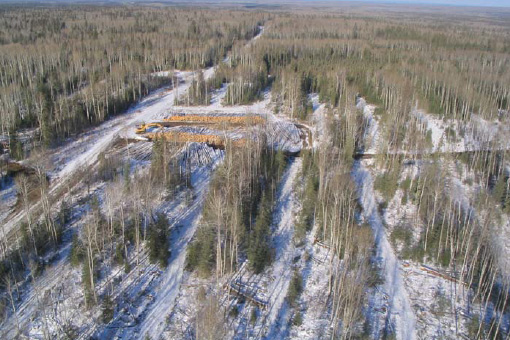This project was a spatial modelling exercise that created coarse-scale pre-industrial landscape metrics for the Alberta Newsprint Company (ANC) FMA area in Alberta. The primary goal was to understand if, or in what ways the current conditions of the FMA area align with the historical, pre-industrial “natural” range. The results suggest that much of the landscape is now beyond its historical range. More specifically, the amount of mature (80-120 years) and old (>120 years) was in many cases currently beyond the upper natural range of variation (NRV) threshold, and the overall amount of young (<40 years) forest was close to or beyond the lower NRV threshold. More detailed analyses revealed that the deviation from NRV was more pronounced in those parts of the landscape that were not actively managed for timber. This suggests that wildfire control efforts have been effective for several decades. However, even those parts of the landscape that were managed for timber show the same deviation pattern from NRV, suggesting that historical harvesting levels + natural disturbance levels on the ANC FMA area have been lower than historical disturbance rates for several decades.
Overall, the metrics from this study suggest that this is an unbalanced landscape that is headed in the wrong direction, due largely to decades of the inappropriate use of disturbance as a tool. This is likely already negatively impacting a) resilience (to climate change), b) the likelihood of maintaining a sustainable flow of all goods and services, c) the risk of natural disturbance agents, and by association, d) the ecological, economic and social health of forested ecosystems. And if anything, we should be even more concerned about the future. Species responses to significant habitat deviations can take much longer to occur and to observe, revealing one of the key weaknesses of a value-based management approach; it often becomes largely about triage. In contrast, one of the benefits of NRV comparisons is that it functions as an early-warning system for threats to sustainability.



